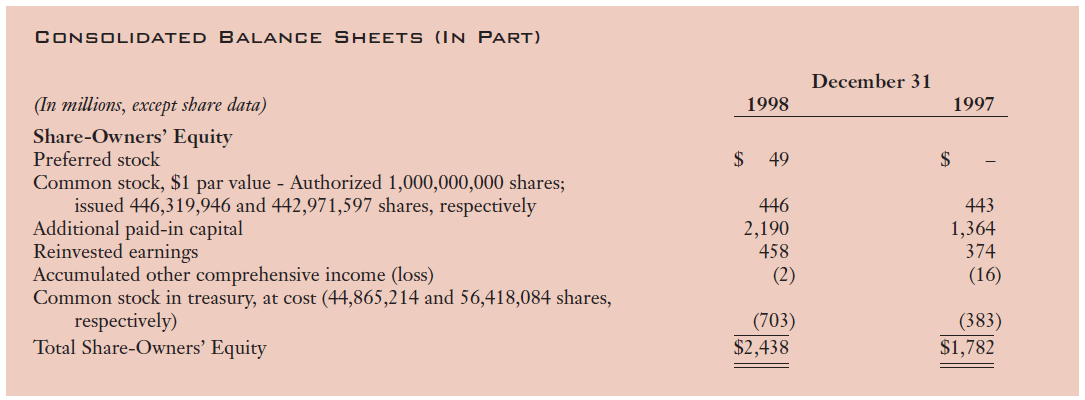Content
I’ll quickly summarize both of these for those of you who are new to the accounting world. Their daily toil gets accumulated in on the EMPLOYERS BOOKS as a LIABILITY to the Business. Their hard work turns into cash and shows up in their bank account on SALARY DAY. Devra Gartenstein founded her first food business in 1987. In 2013 she transformed her most recent venture, a farmers market concession and catering company, into a worker-owned cooperative.
Is salaries expense a current asset?
Answer and Explanation: Salaries expense is a fixed expense payable to employees. Salaries payable however is classified as current liability.
From an accounting perspective, Bonbus Payable is also included or the same accounting classification as salary payable. And in most cases, it is also treated as the same from the tax perspective. Explain where to post the debit cash and credit accounts payable. If a salary expense is related to production activities, it may be rolled into a production overhead account and then allocated to the cost of goods sold or inventory. If a portion of overhead were to be charged to inventory, it will eventually be charged to the cost of goods sold, either when the goods are sold or declared obsolete.
Salaries expense debit or credit?
If the company pays the salary in the next month, it means the salary is due at the end of the month. When accountants prepare monthly reports, they have to record expenses into the incomes statement. It is aligned with the matching principle which the expense needs to record when it is consumed. D The income statement shows a company’s revenues and expenses. Note that item 7 is a liability account even though its name has the word revenue in it.

Payroll is the compensation a business must pay to its employees for a set period or on a given date. Accruals are revenues earned or expenses incurred which impact a company’s net income, salary expense balance sheet although cash has not yet exchanged hands. Wage expenses vary from one period to the next, depending on the number of business days in the period and the amount of overtime to be paid.
Salary Due Journal Entry
The expense recognition decreases the amount of net income and ultimately stockholders’ equity . The cash flow occurred at the time the insurance was purchased. There is no cashflow effect at the time the expense is recognized on December 31. Wage expenses that are not yet paid are recorded as wages payable on the balance sheet, which is a liability account. At a manufacturing company, the salaries and wages of employees in the manufacturing operations are assigned to the products manufactured.
- Based on our discussion, we have seen that the salaries expense is a debit and not a credit.
- Salary payable and accrued salaries expenses are the balance sheet account and are recorded under the current liabilities sections.
- Which expenses are contributing to support “Liability”.
- The current minimum wage in the U.S. is $7.25 an hour and has not been raised since 2009.
- If your company is struggling and your systems are ineffective, you may spend more on salaries, wages and expenses than these outlays return to you.
The amount of supplies used would be recorded as an expense. The expense recognition would cause assets to decrease by $1,900, supplies expense to increase by $1,900 and equity to decrease by $1,900. These are the income due to the employees for the work done and are usually paid weekly or monthly. For instance, the work done by employees of Alex International is paid in the next month. Suppose that a company’s accounting period ends on 31 December. The business pays monthly salaries of $10,000 a month after receiving services from employees.
Salaries, Wages and Expenses on a Balance Sheet
Overtime pay can sometimes be higher than the regular hourly pay; sometimes 1.5x the hourly pay. David Kindness is a Certified Public Accountant and an expert in the fields of financial accounting, corporate and individual tax planning and preparation, and investing and retirement planning. David has helped thousands of clients improve their accounting and financial systems, create budgets, and minimize their taxes. But, sometimes this amount is not required to pay based on the company and staff’s different reasons. The content provided on accountingsuperpowers.com and accompanying courses is intended for educational and informational purposes only to help business owners understand general accounting issues.
- It has powers to change ones personal finance conditions dramatically.
- Wage expenses can incur overtime whereas salaried jobs do not include overtime pay.
- Recognizing accrued salary expense in Year 1 caused liabilities to increase.
- When you don’t pay for an expense, it becomes a liability.
- In this case, the record would be passed to the journal entry on December 31, 2019, for the salaries accrued from December 28, 2010, to December 31, 2019.
- At a manufacturing company, the salaries and wages of employees in the manufacturing operations are assigned to the products manufactured.
Let’s see a schematic representation of my personal balance sheet. Wage and salary are often used interchangeably but they refer to different types of payments for employment. The worker is paid per hour for a set amount of hours per week. If they go over the set amount of hours, then they are usually paid overtime.
